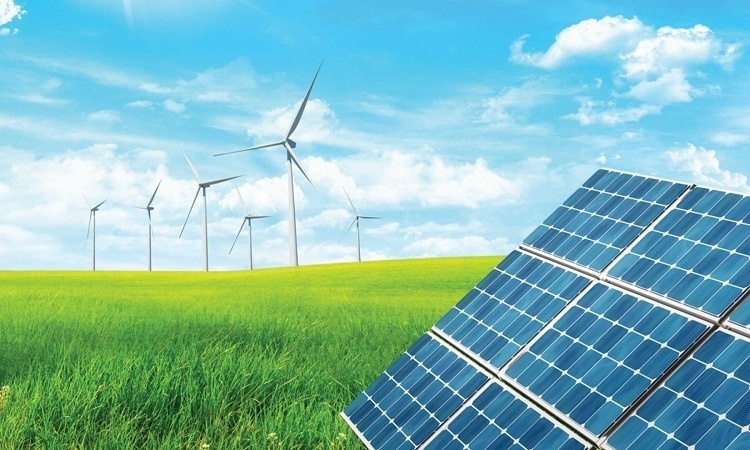In September 2012, the Prime Minister signed Decision No 1393 approving the national plan on green development in 2011-2020 with a vision until 2050.

Under the plan, credit institutions will proactively contribute to the building of a green financial system comprising five elements – green credit, green bonds, green stocks, green financial funds and green insurance, in order to mobilize and encourage all resources in the society to invest in green production fields and reduce investments that may cause environmental pollution.
Green finance has two major functions which are encouraging the development of green production industries and protecting the natural environment.
| National green credit programs will help Vietnam reach its goals in the national green development strategy in a comprehensive way and help drive the economy towards sustainable development. |
According to the International Financial Corporation (IFC), green credit is provided by commercial banks to the projects that pose little risks to the environment, or projects that aim to protect the environment, projects to help adapt to climate change, use resources effectively, save energy, and contribute to the ecosystem protection.
Commercial banks in recent years have launched a series of credit packages targeting green development, with the priority to the fields of hi-tech agriculture, solar power and environmentally-friendly projects.
SBV joined forces with IFC to build a social environmental risk assessment toolkit for 10 fields, including agriculture, chemicals production, construction and infrastructure development, power, food processing, textile and garment, oil and gas, waste treatment, mining and non-metallic mineral products. This helps credit institutions assess projects and make decisions on providing credit.
Vu Dinh Anh, a respected economist, in his article on Doanh Nhan Sai Gon, quoted experts as saying that Vietnam needs about $30 billion to implement the goals on green growth by 2020. Of this, 70 percent will come from the non-state sector.
The use of integrated green finance policy framework in combination with green finance products and tools to build national green credit programs, green bond programs and green indexes will help Vietnam obtain its goals in the national green growth strategy.
GIZ, the German international cooperation organization, predicted that Vietnam could reduce 85.12 million tons of CO2 by 2020 and 197.9 million tons of CO2 by 2030 thanks to green credit in particular and green finance in general.
A report from SVB found that in Q4 2018, the green outstanding loans had reached VND180.121 trillion. The figure had risen to VND235.717 trillion by Q3 2018 and to VND242.355 trillion by the end of Q1 2019. This included VND188 trillion worth of medium and long-term loans, which accounted for 77 percent, and VND54 trillion worth of short-term loans.
Mai Thanh

Germany pledges US$235 million in next two years for Vietnam's green growth
The funding will focus on energy, environment, and vocational training in the next two years.

VN banks now keen on green credit
Green credit is now a trend in the global banking and finance industry and more Vietnamese banks are following suit.
 National green credit programs will help Vietnam reach its goals in the national green development strategy in a comprehensive way and help drive the economy towards sustainable development.
National green credit programs will help Vietnam reach its goals in the national green development strategy in a comprehensive way and help drive the economy towards sustainable development.